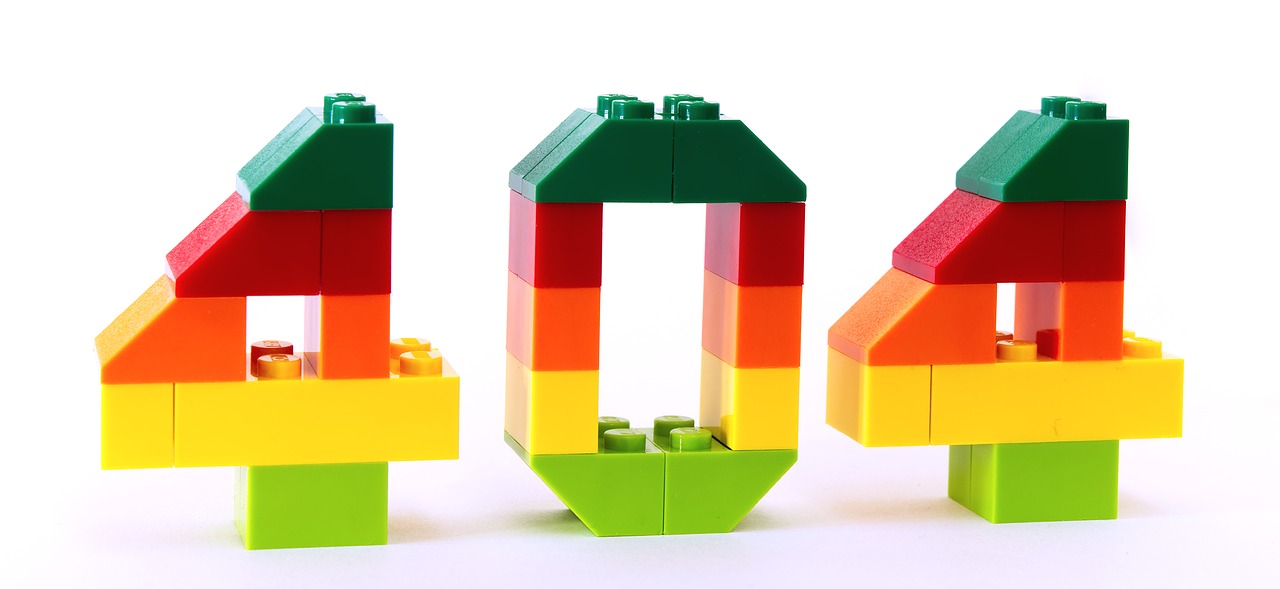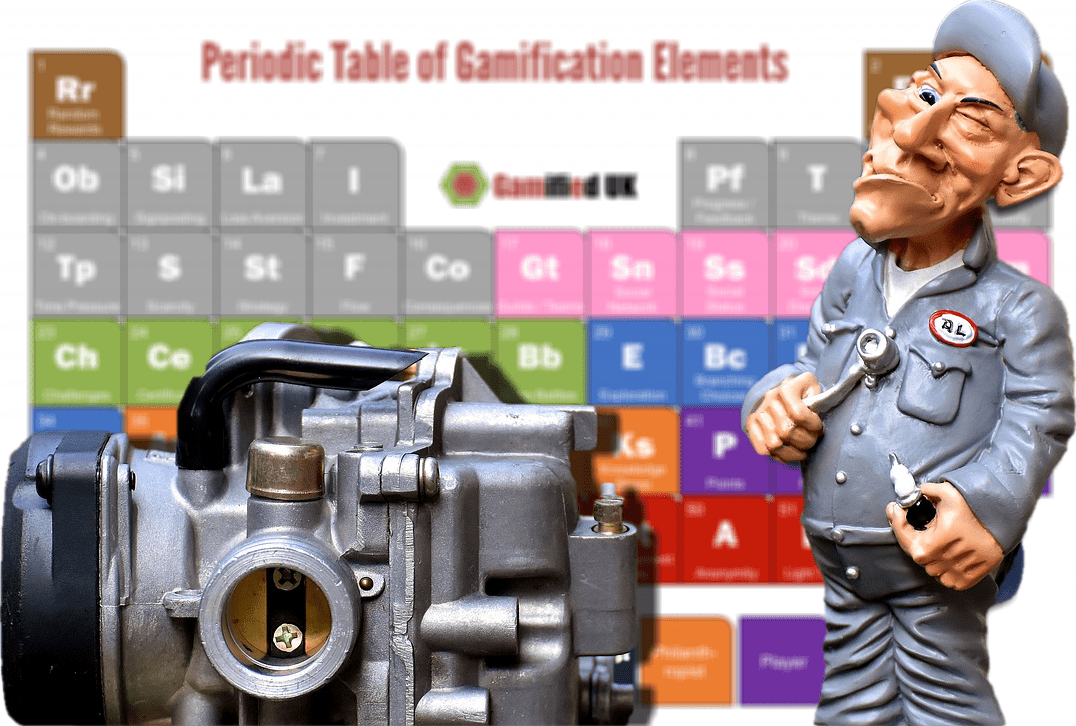I’ve probably mentioned this in the past, but Super Mario (for me) has one of the best on-boarding experiences of any game I’ve ever played.
But let’s start at the beginning.
What’s On-boarding?
On-boarding, in this context, is the way the game introduces the player to the rules of play. It is how the game teaches you what to do, without having to rely on pages and pages of text in a manual.
Mario, designed by games design genius Shigeru Miyamoto, was one of the first games I played where the instructions consisted of only the most basic information (what button to press to do what).





